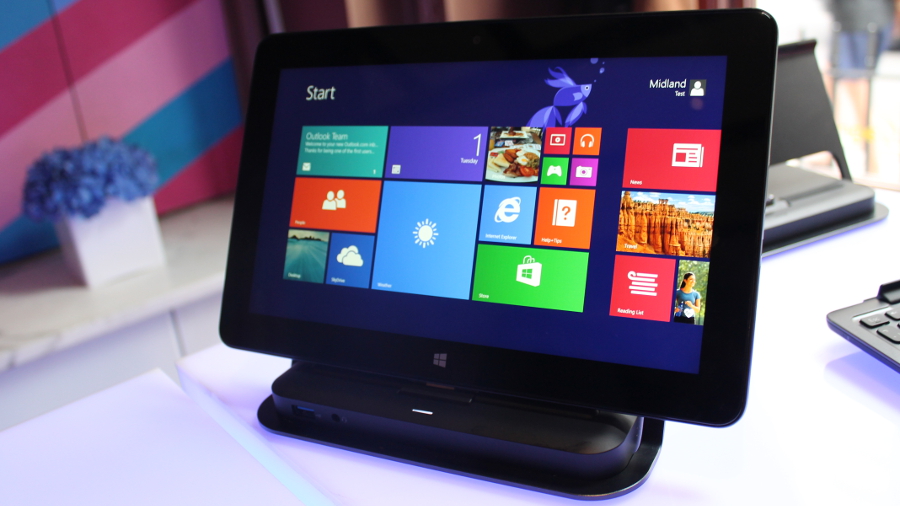How BYOD can reduce operating costs
Intelligent network monitoring prevents BYOD being much trouble

One aspect of BYOD that is not often discussed is its potential to reduce operating costs.
You would expect that adding network infrastructure, incorporating new network management tools and procedures and adding to the workload of network administrators will increase costs. This is true to some extent, as there is a capital outlay required for network hardware and software.
Software tools
However, software tools mean that BYOD may not increase the network administration burden significantly – apart from the inevitable user support and hand-holding! The job of managing devices, security and performance is made much easier by contemporary software tools. As with conventional networks, it is possible to distribute intelligent monitoring around the network using software agents and hardware sensors and to collect all the results centrally. With automation to pinpoint trouble spots, derive actionable information and measure the results of any changes there may be no need to increase the size of the IT team to run an efficient and secure BYOD infrastructure.
This applies in equal measure to conventional wired networks too. BYOD, having forced the move to more advanced, more sophisticated automated network management tools, will also bring benefits in supporting users connected via cabled networks. Wired and wireless can be monitored and managed together as one common network fabric, rather than the two separate entities they otherwise tend to be, bringing further opportunities for savings.
Employees work more
Additionally, BYOD enables employees to work more on the move than ever before, which tends to offset any extra costs resulting from the need to manage and support personal devices. As companies move increasingly to virtualisation and cloud computing for their mainstream applications, there is further potential for operational savings as work can continue anywhere there is Internet access. So while BYOD may initially seem like an expensive addition to the network, in practice it may do the opposite – provided that the organisation has the right management tools.
Hardware-focused legacy network management systems designed for static environments do not cut it in the world of BYOD. Such systems should instead centre around the user. Only in this way can network engineers understand the perceived experience of all users on the network, so gaining maximum advantage from BYOD. Equally support should be provided on a per user basis.
- Mark Mullins is the field marketing manager at Fluke Networks,
Sign up to the TechRadar Pro newsletter to get all the top news, opinion, features and guidance your business needs to succeed!